7 Smokin’ Secrets to Mastering Spicy Mexican Stewed Meat Like a Pro
Table of Contents
- Why Spice Matters in Mexican Stews
- Choosing the Right Cut: Not All Meats Are Created Equal
- The Holy Trinity of Chilies: Guajillo, Ancho, and Pasilla
- Spice Blending Basics: Unlocking Flavor Layers
- Marination Magic: Time Is Your Secret Weapon
- Cooking Techniques That Make a Difference
- Pro Tips to Kick It Up Without Burning It Down
- Pairings & Presentation: Making It a Full Experience
- Conclusion
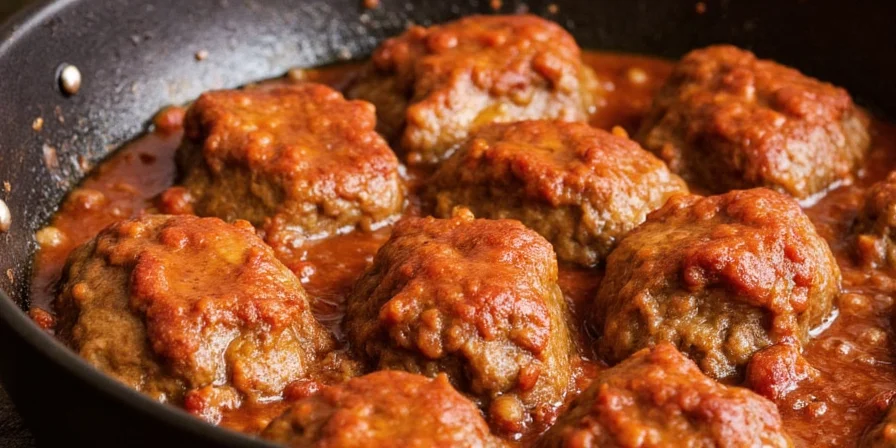
Why Spice Matters in Mexican Stews
Mexican cuisine is all about balance — sweet, salty, sour, umami, and yes, heat. The right spice blend doesn’t just bring the fire; it adds complexity, aroma, and depth.
- Chilies add earthiness and smoke, not just spiciness.
- Spices like cumin and oregano provide warmth and herbal notes.
- Tangy elements like lime or vinegar cut through richness.
In traditional dishes like mole or tinga de res, spices are layered like a symphony, each ingredient playing its own role before everything harmonizes in the end.
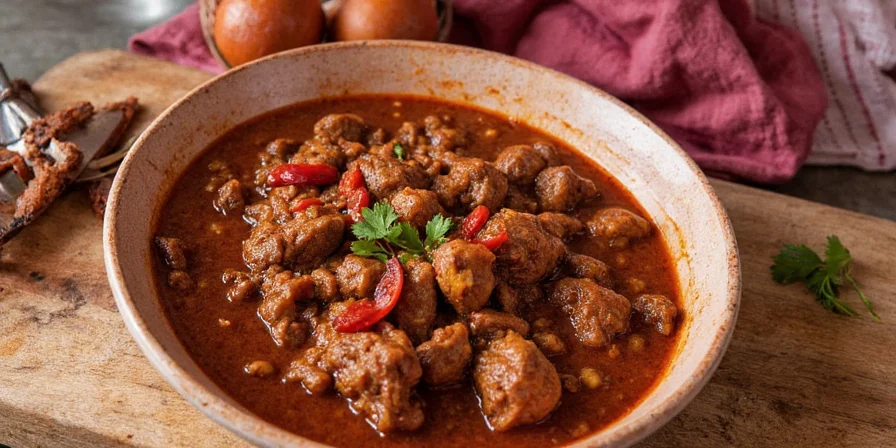
Choosing the Right Cut: Not All Meats Are Created Equal
The beauty of Mexican stewed meat lies in its tenderness — which comes from slow cooking tough cuts rich in connective tissue. Here’s what pros use:
| Cut of Meat | Texture | Best For |
|---|---|---|
| Beef Chuck | Falls apart when cooked | Ropa Vieja, Tinga |
| Brisket | Rich and chewy (if overcooked) | Tacos al Pastor (when shredded) |
| Pork Shoulder | Luxuriously tender | Barbacoa, Pozole |
The Holy Trinity of Chilies: Guajillo, Ancho, and Pasilla
When making adobo or sauce bases, these three chilies form the backbone of most authentic recipes. Let’s break them down:
- Guajillo: Slightly fruity with tea-like undertones. Adds medium heat.
- Ancho: Sweet, raisin-like flavor with mild heat. Great for balancing heat.
- Pasilla: Dark and smoky with hints of cocoa and green bell pepper.

Spice Blending Basics: Unlocking Flavor Layers
Don’t just toss in random spices — layer them like paint on a canvas:
- Toast whole seeds like cumin, coriander, and peppercorns to unlock oils.
- Add garlic and onions early for aromatic base.
- Use tomato paste or roasted tomatoes for sweetness and body.
- Add vinegar or citrus juice at the end for brightness.
Try this simple spice blend:
- 1 tbsp ground cumin
- 1 tsp smoked paprika
- 1/2 tsp cinnamon (yes, really!)
- 1/4 tsp clove
- Salt to taste
Marination Magic: Time Is Your Secret Weapon
If you want the flavor to sink deep into every fiber of the meat, marinate it — preferably overnight. A basic marinade includes:
- Spice blend
- Lime juice or vinegar
- Garlic and onion
- Olive oil or vegetable oil
- Beer or broth (for extra moisture)
Tip: Use resealable bags for easy cleanup and maximum contact between meat and marinade.
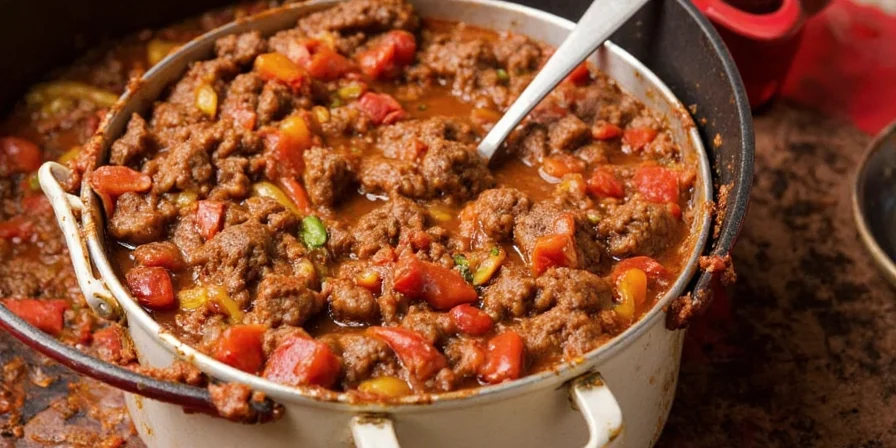
Cooking Techniques That Make a Difference
Slow and low wins the race here. Here’s how top chefs cook their stews:
- Braise: Sear first, then simmer in liquid until fork-tender.
- Pressure Cooker: Save time without sacrificing flavor if you toast spices and brown meat first.
- Clay Pot: Brings out earthy tones and keeps moisture even.
Don’t rush the process — great stew needs patience.
Pro Tips to Kick It Up Without Burning It Down
Want it spicy but not eye-watering? Balance is key:
- Use chili powder sparingly. Start with 1 tsp and adjust.
- Add heat in layers — not all at once.
- Dairy helps neutralize heat. Add a dollop of crema or crumbled queso fresco.
- Toast chilies before grinding to deepen flavor.
- Simmer with a cinnamon stick to mellow out the spice.
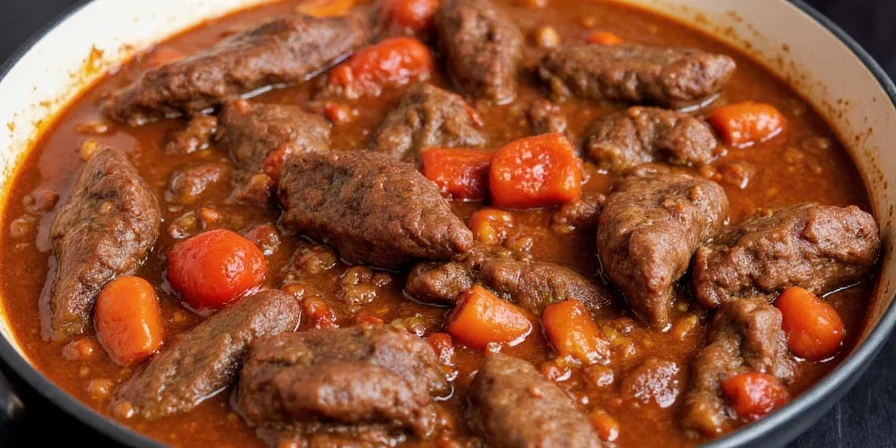
Pairings & Presentation: Making It a Full Experience
A spicy stew deserves a full ensemble cast:
- Rice: Cilantro-lime rice or red rice balances richness.
- Tortillas: Warm corn tortillas for scooping and wrapping bites.
- Toppings: Chopped cilantro, diced onion, avocado slices, and lime wedges.
- Drink: Horchata, tamarindo agua, or a crisp beer like a lager or pilsner.
Plating tip: Serve in a wide bowl or clay pot, garnish generously, and keep everything warm for optimal enjoyment.
Conclusion
Cooking spicy Mexican stewed meat isn’t just about tossing ingredients into a pot. It’s an art form rooted in tradition, technique, and a deep understanding of spices. With the right cut of meat, a balanced spice blend, and a bit of time, you can create a dish that brings people together, warms the soul, and makes your kitchen smell like a little slice of Mexico.
So grab those chilies, sharpen your knives, and get ready to simmer your way into flavor town. Your taste buds — and your guests — will thank you!

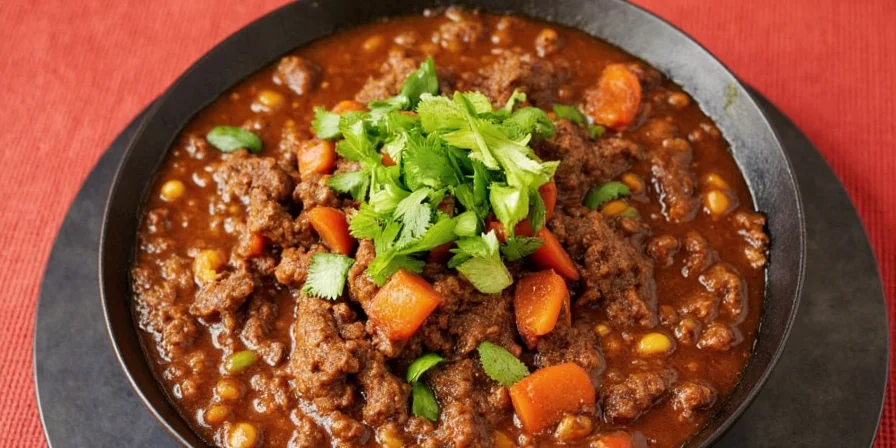









 浙公网安备
33010002000092号
浙公网安备
33010002000092号 浙B2-20120091-4
浙B2-20120091-4